To the team at Rogue Overland, the meaning of adventure is simple: see cool places and things, meet interesting people, and overcome challenges along the way.
Most importantly they do all of this while sharing the journey with friends and family. From visiting the General Patton Memorial Museum and meeting the artists of East Jesus, to recovering buried vehicles in Glamis, the 6th annual Rogue Overland Expedition checked all the boxes.
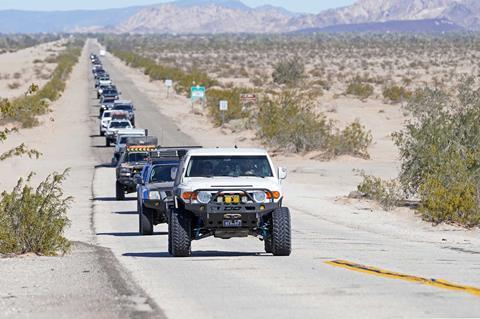
This year’s event would start in Southern California and include 30 unique overland builds, participants from six states.
Preserving The Peace Through Lessons Of The Past
The General Patton Memorial Museum at Chiriaco Summit, California, named after the widely known West Point graduate and United States Army General, George S. Patton, was the perfect starting point for the expedition. Its location right off of Interstate 10, with a gas station, a large parking lot, and quick access to some spectacular trails is an ideal spot as a jumping off point for large groups.

It was also the home of Camp Young, the headquarters of the Desert Training Center and one of the dozen or so WW2 divisional camps scattered across the Mojave and Sonoran deserts.
In their words, the mission of the General Patton Memorial Museum is to promote peace by honoring the service and sacrifice of America’s veterans while educating the public on modern U.S. military history through the preservation and interpretation of artifacts from the major conflicts of the 20th and 21st centuries.
The displays are amazing! The Matzner Tank Pavilion provides the opportunity to view real tanks of many different models and sizes. There is even a display allowing patrons to sit inside a tank. Additionally, there are many displays of common uniforms from the various eras of our military history. Many other trinkets, firearms, and printed materials can be viewed at the facility.
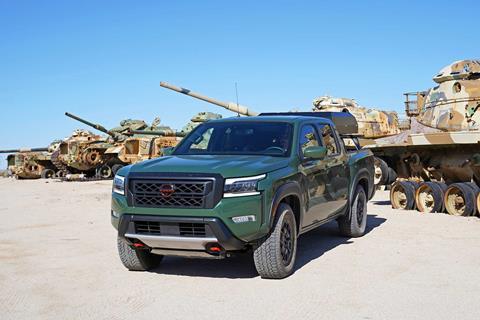
The General Patton Museum is a must stop for anyone interested in history, especially military history.
Shake, Rattle, And Re-Torque
Following the glimpse into our country’s military history we headed south to the start of the Red Canyon Trail, sometimes referred to on maps as the “Red Canyon Jeep Trail” or “Red Canyon OHV Trail’’. Red Canyon Trail is located south of I-10 in the Orocopia Mountains Wilderness Area, once home to Patton’s WW2 training grounds.
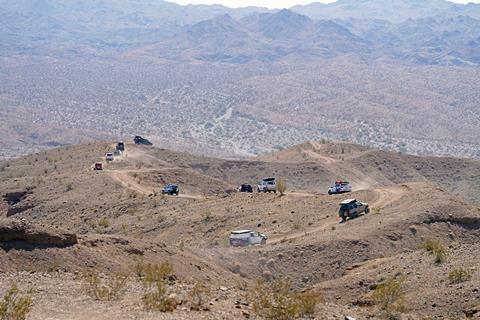
Long gone are the sounds of military drills and tanks, but what remains is a beautiful desert landscape sprinkled with ocotillo cactus. The trail weaves back and forth across washes while elevation changes are similar to that of a rollercoaster, climbing and dropping along the canyon edge.
Although not technically challenging, the Red Canyon Trail is 13.8 miles of spectacular scenery and a dirt road rough enough to rattle vehicles to pieces. In fact, one of the vehicles in our group nearly had the roof rack vibrate off! Fortunately, it was caught early and there was nothing a quick stop to tighten the bolts couldn’t fix.
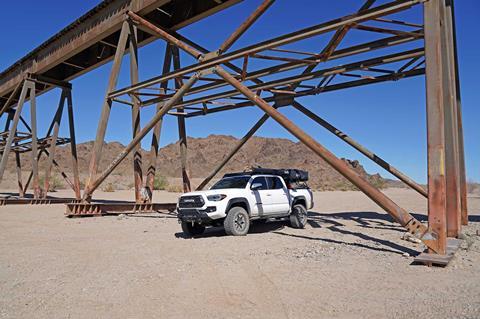
Upon finishing Red Canyon Trail, we stopped for lunch at the Eagle Mountain Railroad Trestle Bridge. The Eagle Mountain Railroad was constructed in 1947-1948 and was in use until March 24, 1986 to haul iron ore from the Eagle Mountain Mine. It is astounding to think of the amount of revenue produced by the mine to justify the construction of the railroad and this very trestle bridge.
Artistic Oasis
After lunch we made the 45-minute drive to East Jesus, which is located in a place known as Slab City. Slab City is an interesting oasis for those not interested in being bothered by the constraints of modern society. East Jesus is at the “artistic” center of the area and it was explained to us that East Jesus is Imperial County’s only art museum.
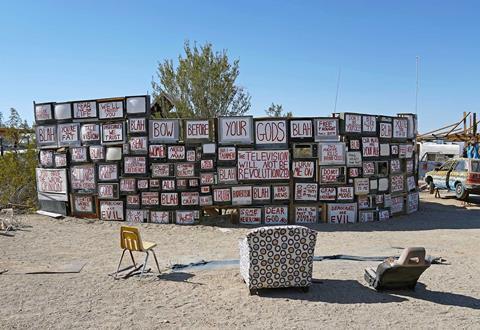
Repurposed items are turned into art of many forms which include a tire elephant, spoon wind chime, and television wall. No trip to the area is complete without a stop to the nearby Salvation Mountain. Created by Leonard Knight, Salvation Mountain is an awe-inspiring, religious-themed structure that was built with adobe bricks, tires, windows, bales of hay, automobile parts and thousands of gallons of paint.
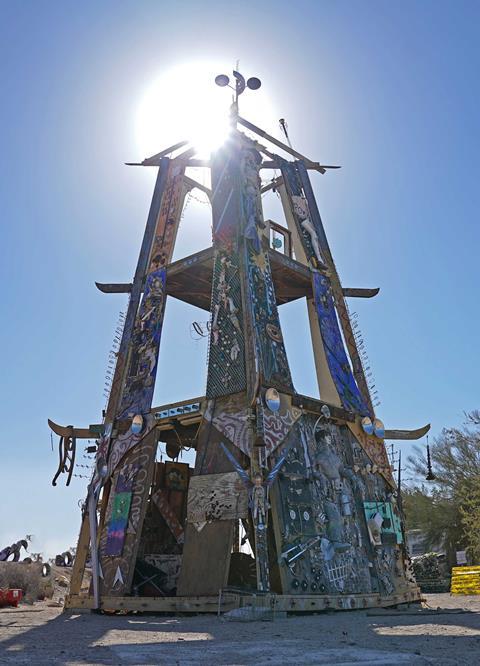
Getting Sideways
Moving on, we would end our day at the Imperial Sand Dunes, more commonly referred to as Glamis, which is located in the southwest corner of California. These dunes are formed by wind-blown sands from ancient Lake Cahuilla and represent the largest mass of sand dunes in the State.
Although we would only camp here for one night, members of our group couldn’t pass on the opportunity to play in the dunes.
As a line of overland rigs began snaking their way through the dunes, everyone was having a blast until a stuck Bronco prompted us to break out the Bubba Rope to perform a recovery.
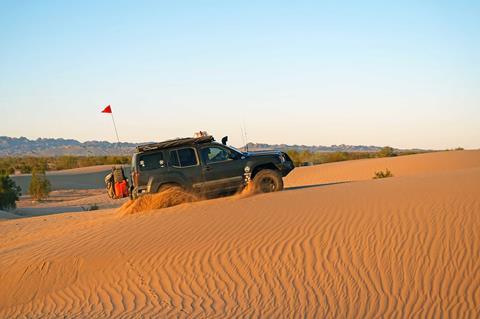
The radio then crackled with another call to extract a Subaru buried in the deep sand, which we again made quick work of with the Bubba Rope. This pattern repeated until the sun’s last flicker of light disappeared from the barren desert landscape and a more concerned voice came over the airwaves.
“We need some help. One of the Jeeps is stuck and very close to rolling!”
In an attempt to crest a dune, the Jeep had lost momentum and managed to end up sideways on a steep side slope. The driver’s side was on the low side of the seriously steep and loose sand hill, while the passenger side tires hadn’t quite crested the top of the dune peak.
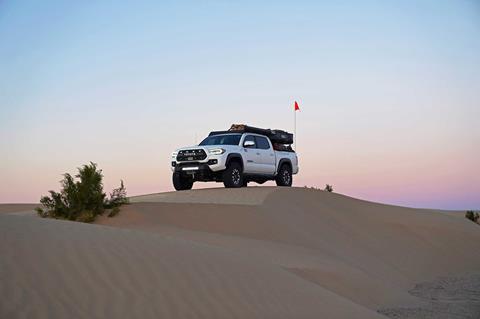
This would not be a simple attached-and-yank recovery. If the forces of extraction were applied incorrectly it could result in the Jeep rolling down the sandy grade.
After assessing the situation and weighing out the options, it was decided a strap would be attached to the side of the vehicle to prevent a roll over. The winch would be used to pull the front bumper and rotate the Jeep so it would be pointed up the incline.

Five minutes later the Jeep was recovered to the top of the dune and the group headed back to camp with the path only lit by the vehicle’s off-road LED lights. At the end of a long day, we were ready for some much-needed campfire time!
Out Of The Sky
Day Two would have us exploring the tanks and plane crashes of the Barry M. Goldwater Air Force Range just outside of Yuma, Arizona. This 1.9-million-acre complex was established in 1941 and is primarily used for air-to-ground bombing practice by the United States Air Force.
One of the highlights on the range is the wreckage of a F-14A Tomcat plane crash, which occurred on February 14, 1983 while practicing air combat maneuvers. During these maneuvers, the F-14 Tomcat fell into an uncontrollable flat spin and resulted in the plane impacting and burning on the desert floor, but not before the two crewmembers safely ejected.
Surprisingly, much of the plane is still intact, so please remember to enjoy it and leave the site undisturbed for future generations to see.
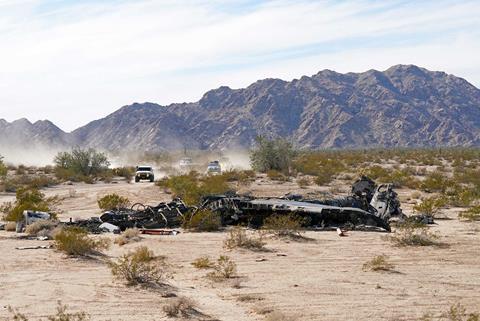
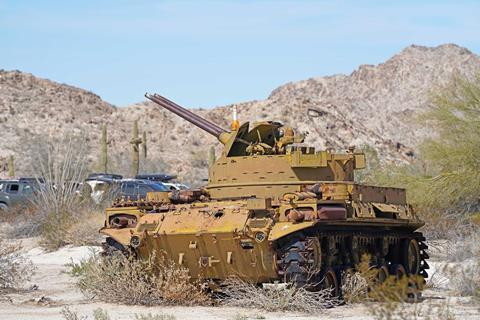
A short distance from the crash site was our campsite for the night. Littered with saguaro and ocotillo cacti, this site offered up a classic Sonoran Desert landscape and a stark contrast to the dunes we camped at the night before.
Final Frontier
The final day of the 6th annual Rogue Overland Expedition led us to explore the rugged terrain of the Kofa National Wildlife Refuge. Established on January 25, 1939 for the protection of the desert bighorn sheep, this 665,400-acre wilderness sits northeast of Yuma, Arizona.
Though the area is rich in mining and cattle history, it provides an amazing opportunity for wildlife viewing. Wildlife species residing in the refuge include the desert big horn sheep, desert tortoise, cactus wren, and cougar.
The last stop of the trip was at Robson’s Mining World, which served as our final camp of the expedition. This is a special place, complete with the coolest collection of intact mining structures and history that we have ever seen.
Stroll down Main Street and imagine the sounds of a once busy mining town. Sit in the theater and immerse yourself in the thoughts of a rowdy crowd enjoying a show. See the blacksmith shop and visualize the burly man who must have worked with these tools. These and much more are the glimpses into history that this location allows.
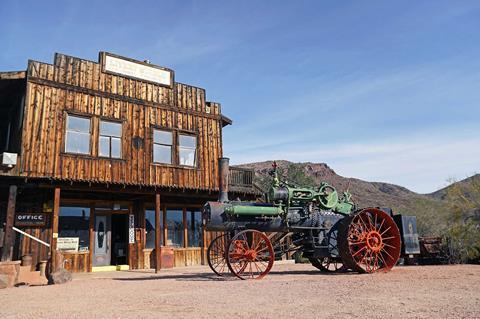
Adventure On
Adventures, such as the 6th annual Rogue Overland Expedition, are a great way for a person to test their limits in the security of a group. The challenges and experiences along the way are good for the soul and teach participants how to contribute positively to the outdoor community. So, the next time you have an opportunity to adventure with a group, do it! Remember, it is the people that make the adventure.
You can watch Rogue Overland’s adventures on the @RogueOverland YouTube channel or follow them on Instagram. For more on Rogue Overland, visit their website at: rogueoverland.com.
Access More Great Stories!
This article originally appeared in OVR Issue 06. For more informative articles like this, consider subscribing to OVR Magazine in print or digital versions here. You can also find the print edition of OVR at your local newsstand by using our Magazine Finder.


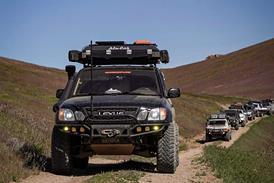

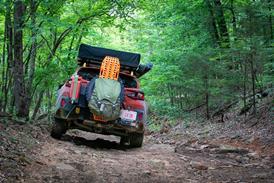
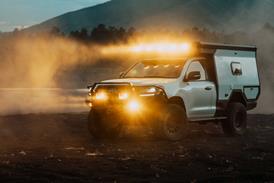
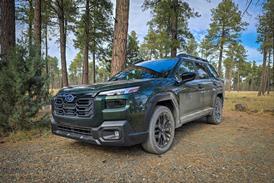
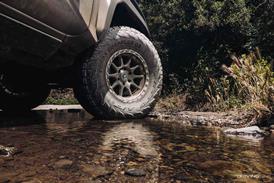
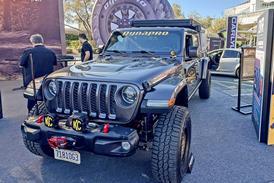
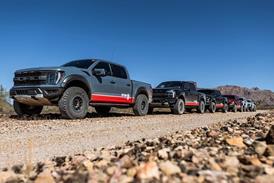

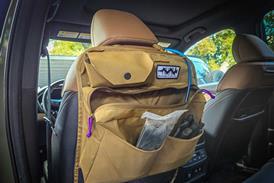

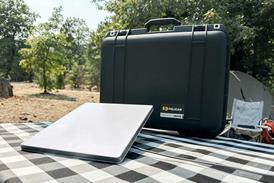
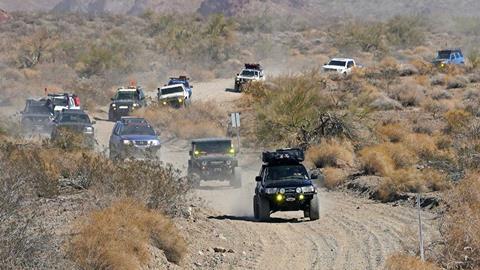
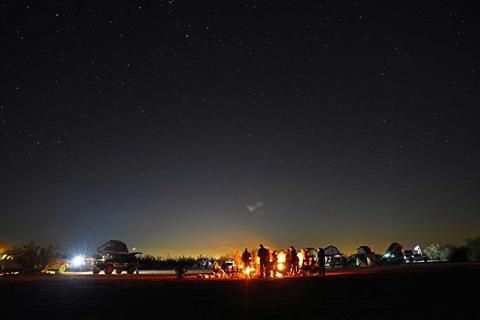

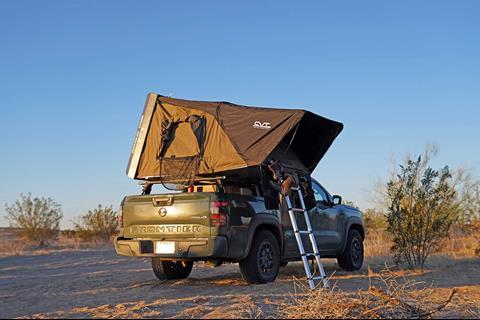
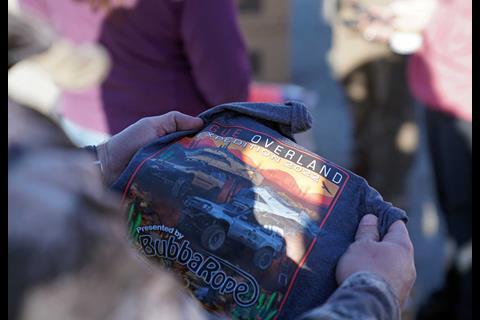
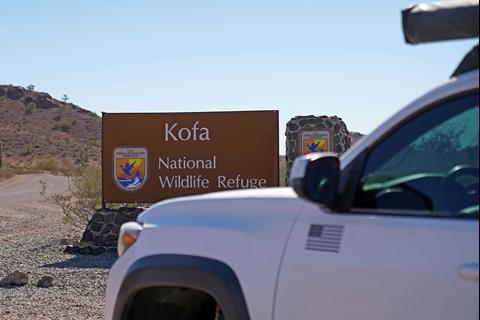
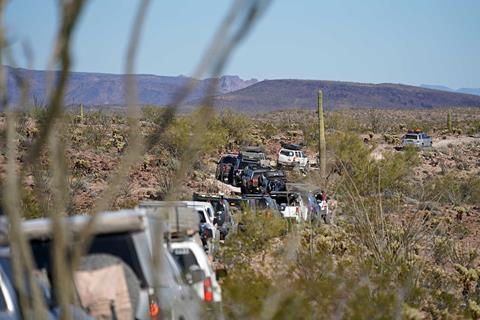
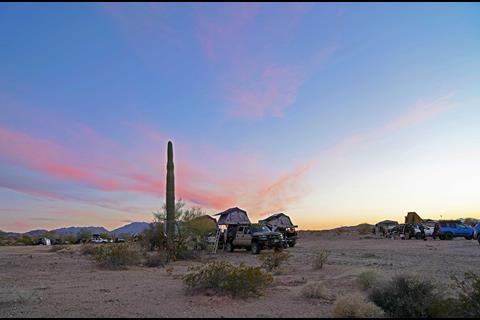






No comments yet